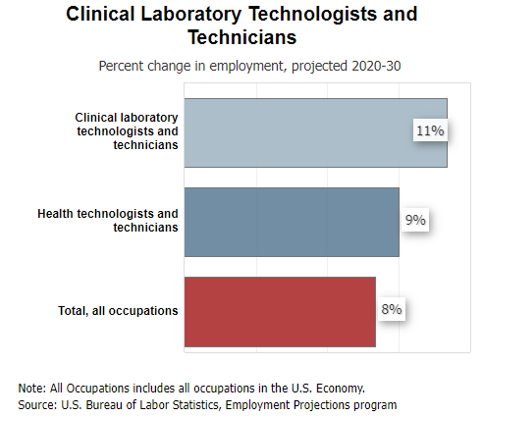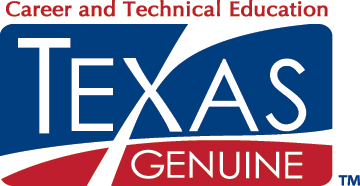Medical laboratory science professionals, often called medical laboratorians, are vital healthcare detectives, uncovering and providing laboratory information from laboratory analyses that assist physicians in patient diagnosis and treatment, as well as in disease monitoring or prevention (maintenance of health).
We use sophisticated biomedical instrumentation and technology, computers, and methods requiring manual dexterity to perform laboratory testing on blood and body fluids.
Laboratory testing encompasses such disciplines as clinical chemistry, hematology, immunology, immunohematology, microbiology, and molecular biology.
Medical Laboratory Technicians (MLT) are primarily responsible for routine laboratory testing that assists doctors in patient diagnosis, treatment, monitoring medical conditions, or disease prevention. As a Medical Laboratory Technician, you are responsible for performing tests on blood and other body fluids using various methods and laboratory equipment, usually under the supervision of a pathologist or medical laboratory scientist. The test results you generate help a patient's healthcare provider diagnose many common diseases or disorders. Most MLTs work in a hospital laboratory or in a doctor’s office, a clinic, although some may opt to work in public health, research, or a reference laboratory.1
Clinical laboratory technicians usually need an associate’s degree or a post-secondary certificate. Some states require technologists and technicians to be licensed.2
The Bureau of Labor Statistics of the U.S. Department of Labor projects that the employment of medical laboratory technicians and scientists will increase by 11 percent through the year 2030. According to Jobs Rated Almanac, medical laboratory science has 25 percent job growth and excellent job security.3

In 2021, the median salary for medical laboratory technicians was about $50,724, and $63,728 annually for medical laboratory scientists, based on geographic location.4
Laboratory workforce shortages have begun in many localities as the wave of people who joined the field in the sixties and seventies, a period of extraordinary growth, are now retiring. About 40 years ago, people flooded into the field to help with the exciting new tests and technologies that were becoming available. Many of today's laboratory professionals are baby boomers (those born between 1946 and 1964) and have now approached retirement age. Currently, there are not enough new college graduates to take their place.5
Program of study
See Class Schedules for specific course offerings.
- https://www.laboratorysciencecareers.com/careers-in-laboratory-science.html
- U.S. Department of Labor: https://www.bls.gov/ooh/healthcare/clinical-laboratory-technologists-and-technicians.htm#tab-4
- American Society for Clinical Laboratory Science: https://ascls.org/how-do-i-become-a-laboratory-professional/
- Edna Garcia, MPH, Iman Kundu, MPH, Karen Fong, The American Society for Clinical Pathology’s 2021 Wage Survey of Medical Laboratories in the United States, American Journal of Clinical Pathology, 2022;, aqac116, https://doi.org/10.1093/ajcp/aqac116
- Coordinating Council on the Clinical Laboratory Workforce https://www.ccclw.org/on-workforce.html



